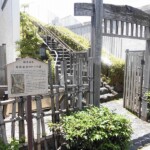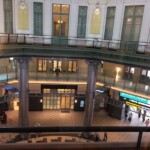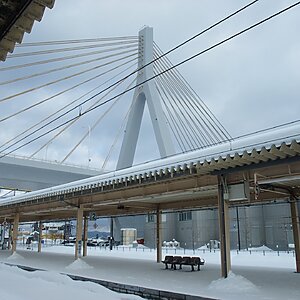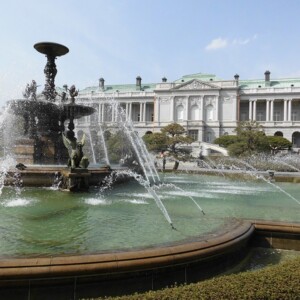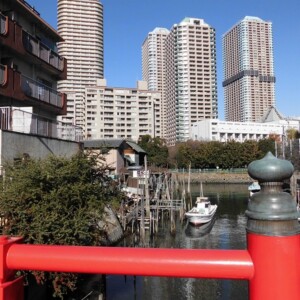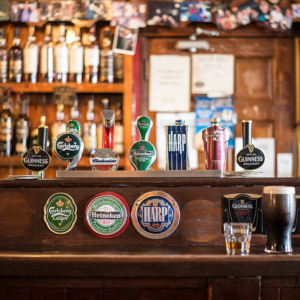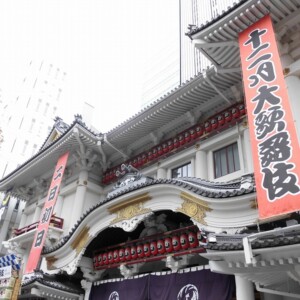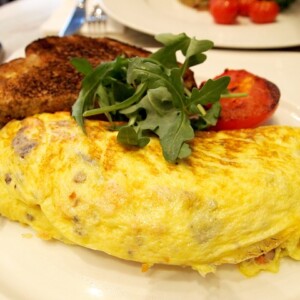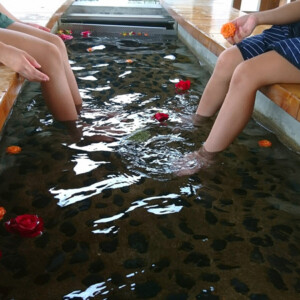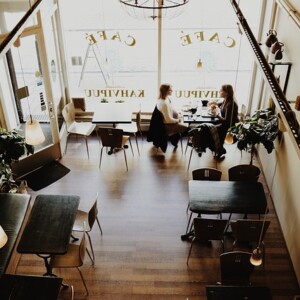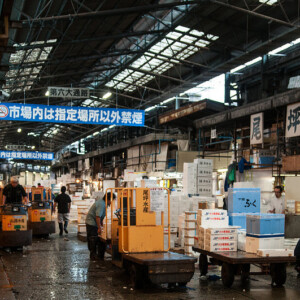
Let's climb to the former Edo Castle! ~Walking around the East Gardens of the Imperial Palace~
table of contents
- 1 Otemon Gate is the main entrance to Edo Castle
- 2 At the police post, the daimyo walked from his palanquin
- 3 The huge stone walls made the feudal lords realize the power of the Tokugawa
- 4 Finally, we head to the main keep of Edo Castle
- 5 The castle tower base that became the phantom castle tower
- 6 Ninomaru Garden is a famous spot for irises
- 7 summary
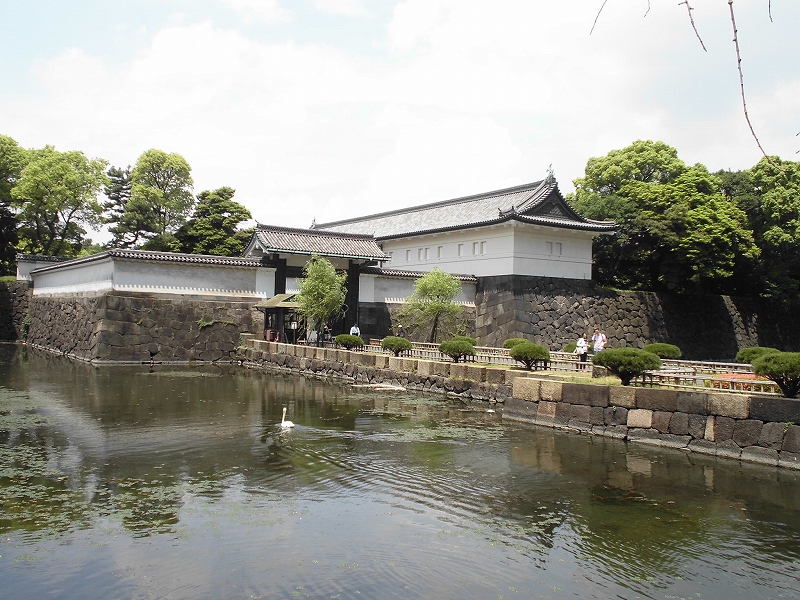
The East Gardens of the Imperial Palace in Otemachi was once the site of the Honmaru, Ninomaru, and Sannomaru of Edo Castle. The feudal lords who served the Tokugawa Shogunate passed through the Otemon Gate to meet the Shogun. Now, let's climb up to the former Edo Castle and feel like a feudal lord of that time
Otemon Gate is the main entrance to Edo Castle
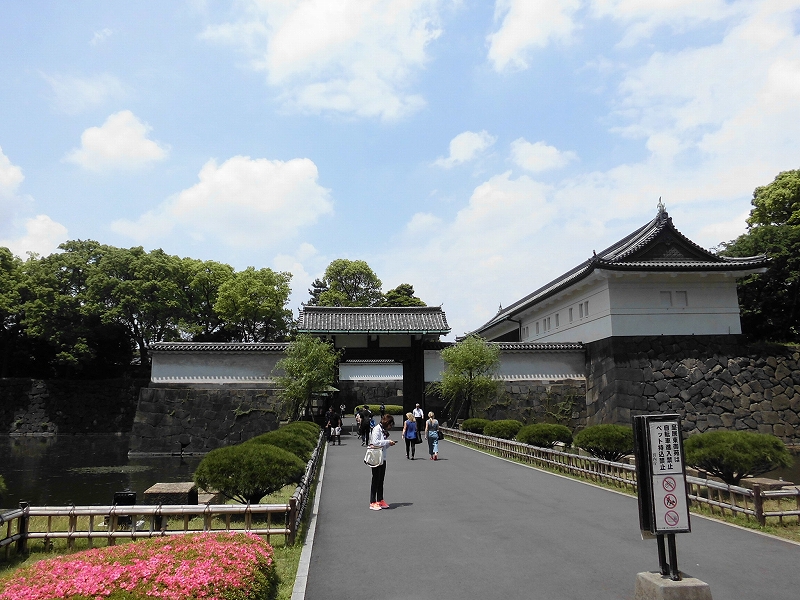
During the Edo period, Otemon Gate was the main gate of Edo Castle, where imperial envoys from the Imperial Court and feudal lords entered and exited the castle, as well as the shogun. For this reason, the gate was heavily guarded, with 10 guards, 20 guns, and 10 bows. From here, feudal lords would pass through the gate in palanquins accompanied by only a small entourage. It was customary for retainers accompanying a feudal lord's procession to wait in front of the inner moat until the lord returned.
At the end of the road is the Koraimon Gate, and to the right is the Watariyaguramon Gate. The Otemon Bridge once spanned the road. The inner moat of Edo Castle is on both sides of the road. Today, Otemon Gate serves as one of the entrances to the East Gardens of the Imperial Palace. Now, like a feudal lord entering the castle, let's pass through the Koraimon Gate in front and head toward the Honmaru (main castle).

Once you pass through the Koraimon Gate, you will come to a square plaza surrounded by castle walls. It is called Masugata Hiroba. If an enemy came through the Koraimon Gate and attacked, the Watariyaguramon Gate would be closed and a shooting window called the Kamihasama would be opened to take aim with guns or bows. All of these gates are collectively called the Otemon Gate. The construction of the Otemon Gate was overseen by Date Masamune's Sendai domain
At the police post, the daimyo walked from his palanquin
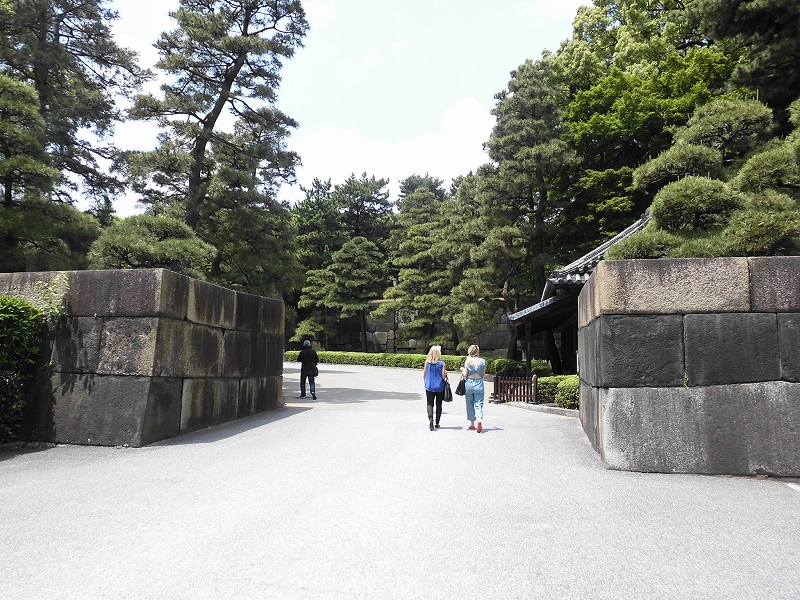
There are large stone walls on both sides. In the past, there was a gate called Ote San no Mon in these stone walls. In the bay on the right side of the stone wall is the police station. Here, the daimyo would get off their palanquins and walk up to the castle. However, the daimyo of Owari, Kii, and Mito, who were the three main branches of the Tokugawa family, were exceptions and continued on in their palanquins
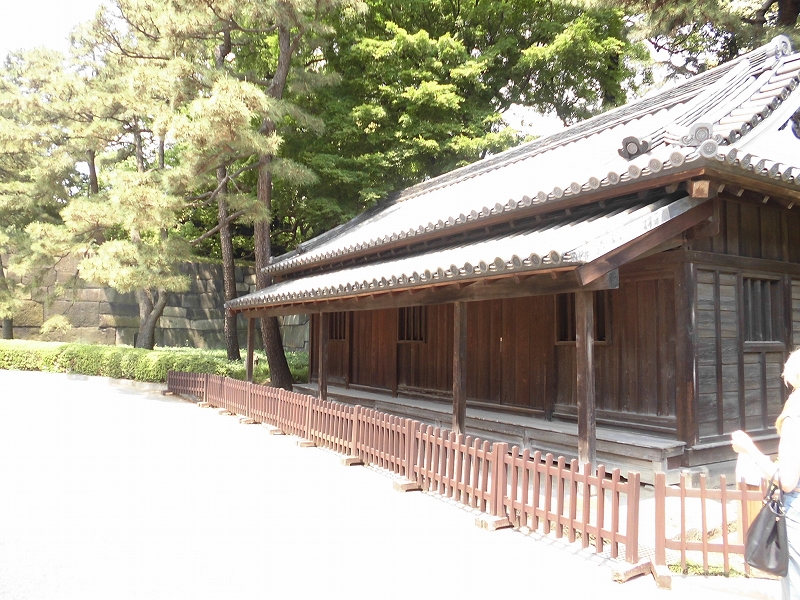
This is the police station. The top roof tile has the Tokugawa chrysanthemum crest painted on it. The people stationed here were vassals of the Tokugawa shogunate, who worked in a similar role to what we would now call police officers. After passing this police station, turn left along the road and you will come across an even larger, 5-meter-high stone wall
The huge stone walls made the feudal lords realize the power of the Tokugawa
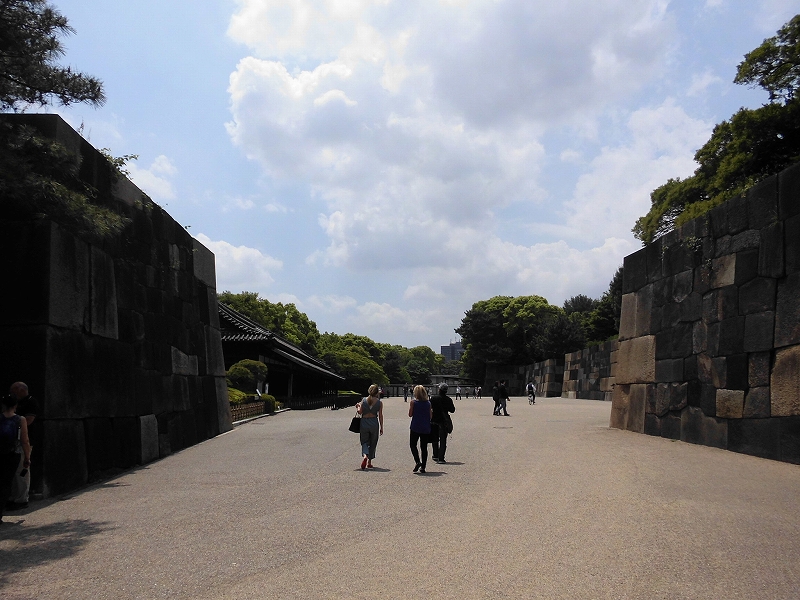
The area around the Doshin guardhouse was also surrounded by a square, just like the Otemon Gate. And a Watariyaguramon gate, even larger than the Watariyaguramon gate at the Otemon Gate, towered over the daimyo as they climbed out of their palanquins. The stone wall visible in the background on the right is the stone wall of the Nakamon Gate, which leads to the Honmaru (main castle). And the mansion visible on the left is the Hyakuninbansho (Hyakunin guardhouse)
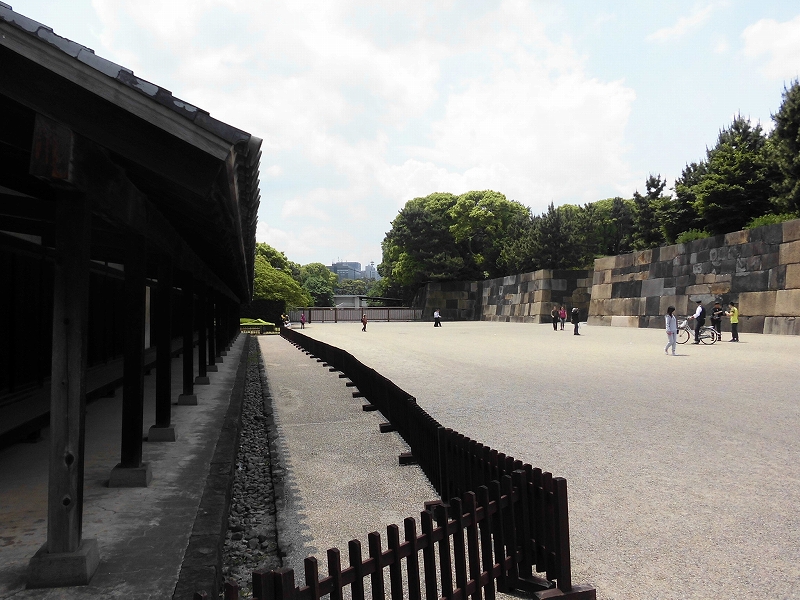
The mansion on the left is the Hyakunin Bansho. This was the largest checkpoint for checking feudal lords entering Edo Castle. It is the largest guard post in Edo Castle, protecting the Honmaru and Ninomaru citadels of Edo Castle. It is called the Hyakunin Bansho because it is manned by the 100 Riflemen Group. The 100 Riflemen Group was made up of the Negoro Group, Iga Group, Koga Group, and Nijugoki Group, who took turns guarding the group. Each group had 20 Yoriki and 100 Doshin guards who took turns guarding the group 24 hours a day. After being checked here, you head to the gate inside the even larger stone wall on the right. The inner gate is protected by a Jubako Yagura tower, which is larger and wider than the previous gates
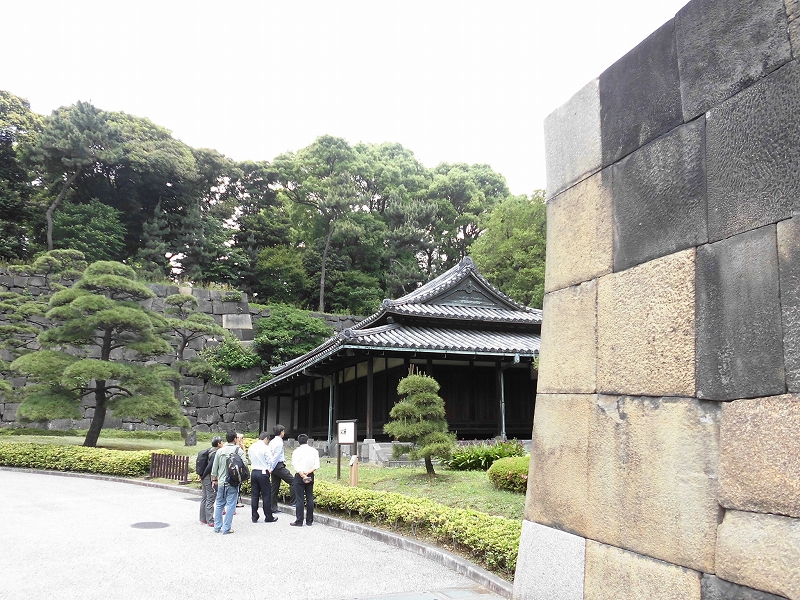
Behind the Nakamon Gate is the Obansho, the final guard post used to check on feudal lords entering the castle. Guarded here were yoriki and doshin, who held higher ranks than the doshin bansho and 100-man bansho. Continuing along the road from the Obansho, you will come to the Nakasuzumemon Gate, the final gate to the Honmaru Palace
Finally, we head to the main keep of Edo Castle
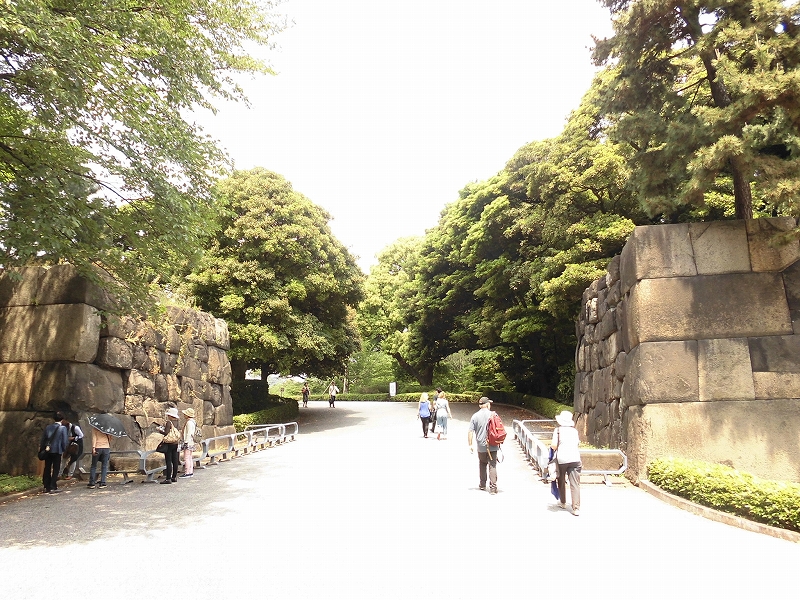
This is the Nakajakumon Gate. It was also called the Shoinmon Gate. On top of the stone wall in front of the Honmaru Palace, the larger Jubako Yagura and Shoin-two-story Yagura towers looked down on the feudal lords walking up to the castle, demonstrating the power of the Tokugawa shogunate. Once you pass this stone wall, the Honmaru Palace of Edo Castle will be right in front of you
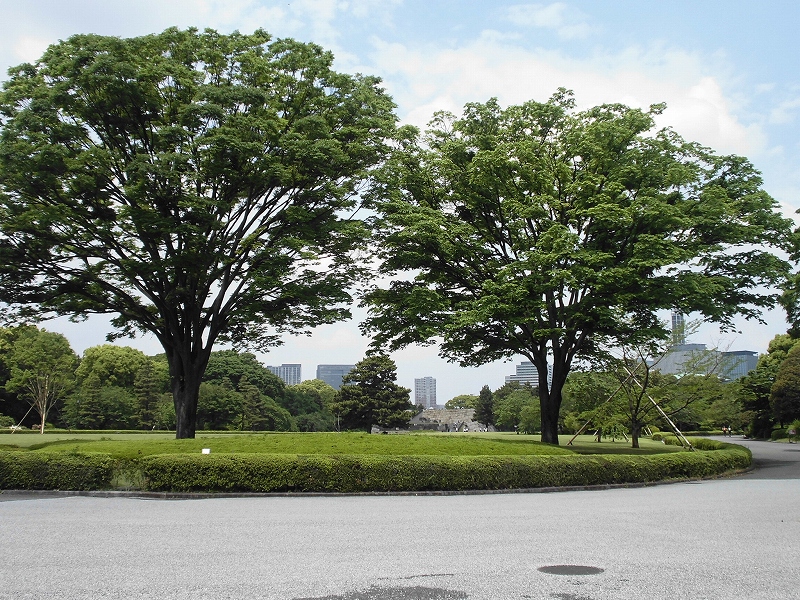
The large trees and lawn you see in front of you is where the Honmaru Palace of Edo Castle once stood. From the front to the back, there were the Omote, Nakaoku, and Ooku. Omote was where daimyo would meet with the shogun and where the shogun would work. Beyond that was Nakaoku. This was where the shogun would spend his daily life. And further back was the Ooku. Ooku was where the shogun's wife and maids lived. It was always decided that daimyo who came to the castle would meet with the shogun in Omote, and the daimyo's waiting rooms and meeting rooms were also located in Omote. This is the process that a daimyo would go through before entering Edo Castle
The castle tower base that became the phantom castle tower
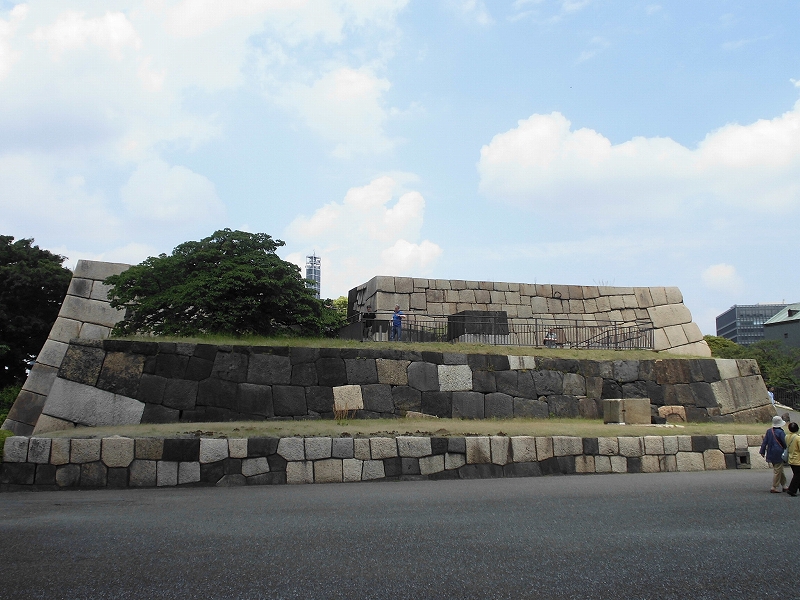
If you walk further and further into the Honmaru Great Lawn, which is the site of the former Honmaru Palace,
you will come across the legendary castle tower, built in the Edo period. The castle tower itself was first built in 1606 (Keicho 11) during the reign of Tokugawa Ieyasu. It was said to have been about as tall as the current National Diet Building. His son, Hidetada, demolished the Keicho castle tower in 1622 (Genwa 8) and built an even larger one. Iemitsu then built a castle tower in 1638 (Kan'ei 15), with a five-story exterior and a six-story interior, measuring 58 meters in height. Iemitsu's castle tower was destroyed in the Great Fire of Meireki. The fourth shogun, Ietsuna, attempted to rebuild the castle tower, and the castle tower base that remains today was built by the Maeda clan of Kaga, but Iemitsu's half-brother, Hoshina Masayuki, the lord of the Aizu Matsudaira clan and Ietsuna's uncle, advised, "A castle tower is useless in a peaceful world. What we should be doing now is restoring the Edo castle area," and after only the castle tower base was rebuilt, the castle tower plans were canceled. Therefore, the castle tower base that remains today is the base of the phantom castle tower.
Ninomaru Garden is a famous spot for irises
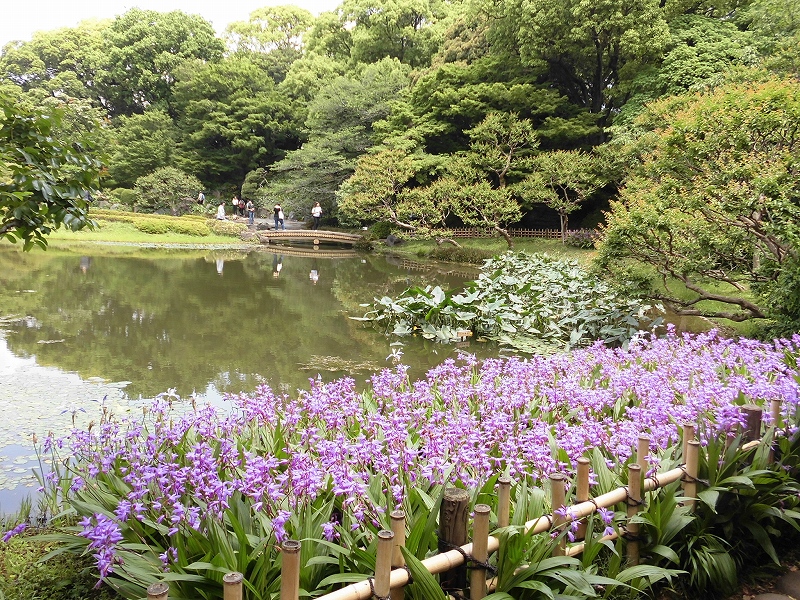
After strolling to the base of Edo Castle's main tower, walk down Shiomizaka and explore the former site of the Ninomaru (second bailey) of Edo Castle. Ninomaru was the site of the shogun's villa and the palace of the shogun's heir. The palace's garden was designed by Kobori Enshu, and in conjunction with the opening of the East Gardens of the Imperial Palace, it was restored to the strolling garden of the time of the ninth shogun, Tokugawa Ieshige. The Ninomaru Garden's specialty is the iris fields. 84 varieties of irises can be found in the garden, and the best time to see them is from late May to early June and from late June to early July. There are also carp swimming in the pond
summary
What did you think? Admission to the Honmaru performance in the former Imperial Palace of Edo Castle is free. By the way, the park is closed on Mondays and Fridays, but is open on public holidays, so why not take a stroll from the Otemon Gate and feel like a feudal lord of the past? I'm sure you'll enjoy it
INFORMATION
| name | East Gardens of the Imperial Palace (Otemon Gate) |
| address | 1-1 Chiyoda, Chiyoda-ku, Tokyo 100-8111 |
| telephone number | 03-3213-1111 |
| URL | http://www.kunaicho.go.jp/event/higashigyoen/gyoen-map.html |
| GOOGLE MAP |


![[Tokyo] Edo period tourist destination! Stroll around Oji, Kita Ward Photo 05](https://jp.neft.asia/wp-content/uploads/2017/11/0c8ac44404c018835c849c2d9f9fdcd9-150x150.jpg)

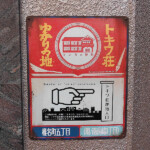
![Did you know Sailor Moon played an active role here? Take a stroll around Azabu-Juban, the former residence of the Sendai clan! [Tokyo] Photo 01](https://jp.neft.asia/wp-content/uploads/2017/07/d30d21367450ab8dcf1690473f7092e7-150x150.jpg)
